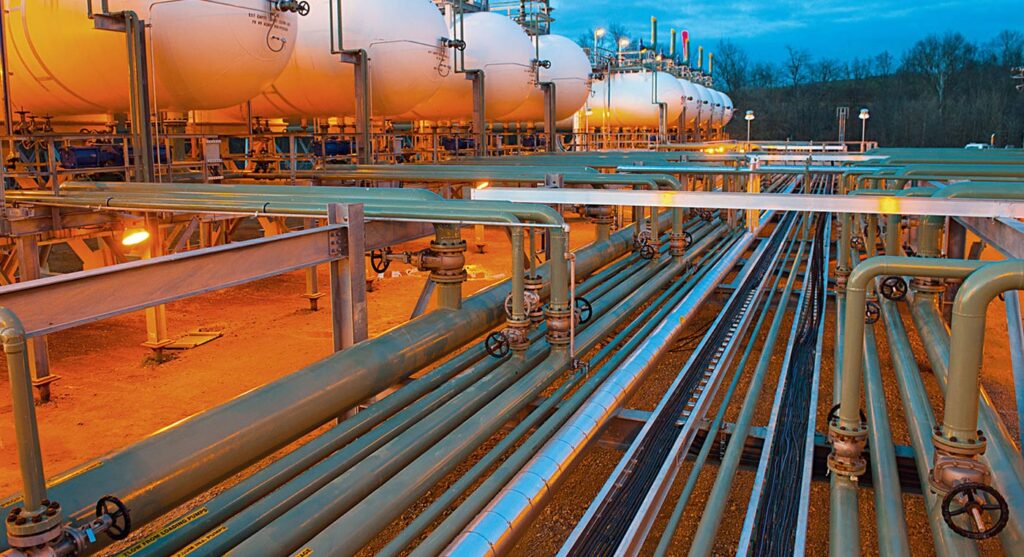Americans Depend On Natural Gas Infrastructure

American communities rely on natural gas infrastructure. Because of decades of planning and investment, 2.6 million miles of natural gas pipelines now deliver energy to 187 million customers daily. America’s vast natural gas distribution system enables us to cook our food, heat and cool our homes, and more.
That network of natural gas pipelines helps America harness its abundant energy reserves to meet our energy needs while exporting the world’s lowest-production-emissions natural gas to more than 40 countries around the globe. America’s natural gas infrastructure delivers reliable, affordable and innovative energy to customers nationwide.
Through extreme weather and geopolitical crises, the natural gas system provides consistent energy Americans can count on. The average American household faces at least one electrical outage in a given year, yet only one-tenth of one percent of households face unplanned natural gas outages. That’s partly because most pipelines and storage systems are underground and shielded from the worst of extreme weather.
Since 1990, the natural gas industry has tripled the length of pipelines built from highly modern materials. Through severe weather in winter and summer, natural gas provides resilient and efficient energy to homes, hospitals and more. The direct use of natural gas is 92 percent efficient from production to customer. Because of this, the average natural gas household has emissions about 22 percent lower than those attributable to an all-electric home. This means that even as energy demand increases, natural gas customers are using less gas and reducing their carbon footprints with increasingly more efficient natural gas appliances, decreasing their emissions by an average of 1.2 percent each year.
Pipelines also help ensure natural gas remains the most affordable energy choice for American homes and businesses. A recent report from the U.S. Department of Energy found that natural gas is roughly 3.4 times more affordable than electricity for residences, and the average home using natural gas appliances saves $1,068 per year compared to all-electric homes.
Natural gas utilities are leveraging the infrastructure to drive innovations that reduce emissions while maintaining reliability. The industry is investing $125 million to advance low- and zero-carbon energy technologies like renewable natural gas (RNG) and clean hydrogen.
RNG, derived from various waste streams like farms, landfills and water treatment plants, is carbon neutral and fully compatible with the U.S. pipeline system. Utilities throughout the country are starting to offer RNG to their customers as another option for reducing emissions.
Similarly, using the extensive natural gas system to deliver clean hydrogen is a critical component of our nation’s ability to reach ambitious emissions reduction goals. This groundbreaking tool produces energy without any carbon emissions and can provide a nearly inexhaustible supply of low- and zero-carbon energy. Research shows that existing gas pipelines can safely transport gas blends with up to 15 percent hydrogen. Some utilities, such as Hawai’i Gas, make use of blends that can be up to 50 percent hydrogen. As the federal government begins to invest $10 billion in developing America’s clean hydrogen capabilities, the integration of future fuels into the gas infrastructure can expand options and accelerate our nation’s ability to reduce emissions.
Natural gas produced one-third of all energy consumed in 2022 in the United States. A mission of that scale requires that hundreds of project sites across millions of miles of pipeline all work together seamlessly every day. Enhancing that infrastructure by making it even safer, cleaner and more efficient is a priority for our industry.
